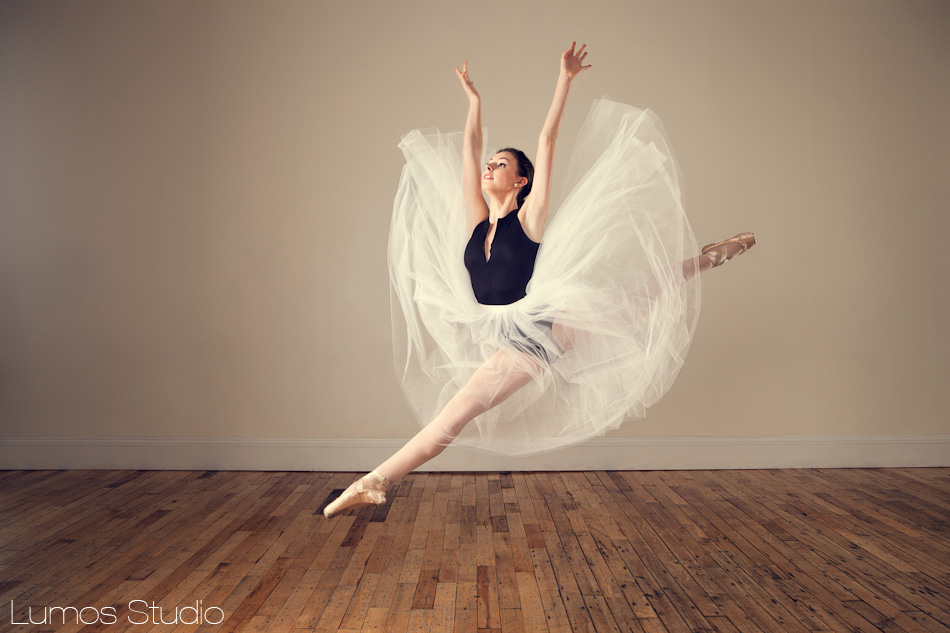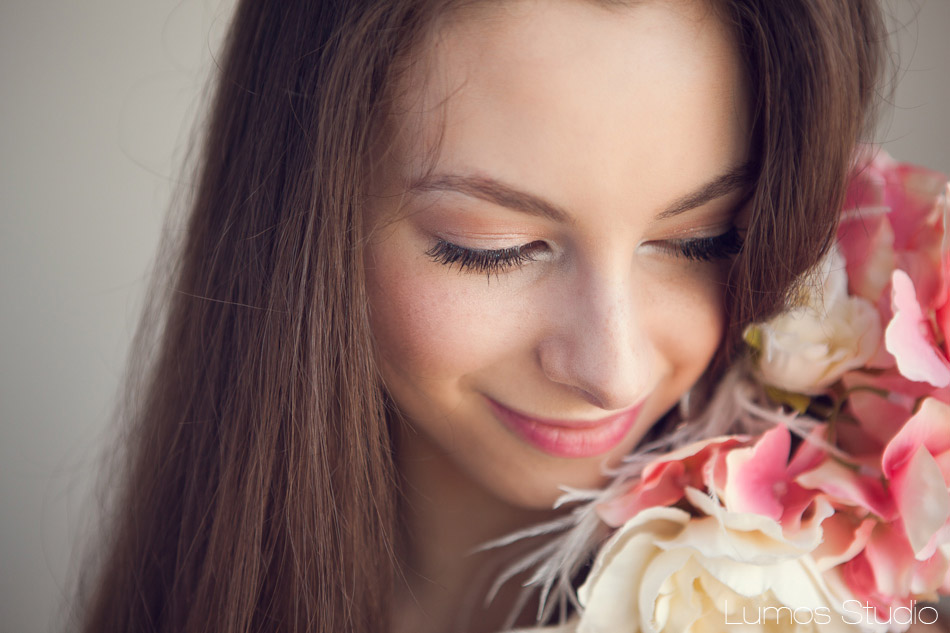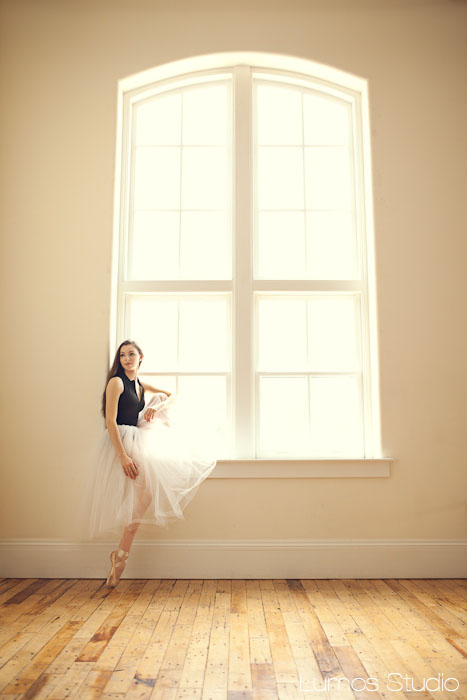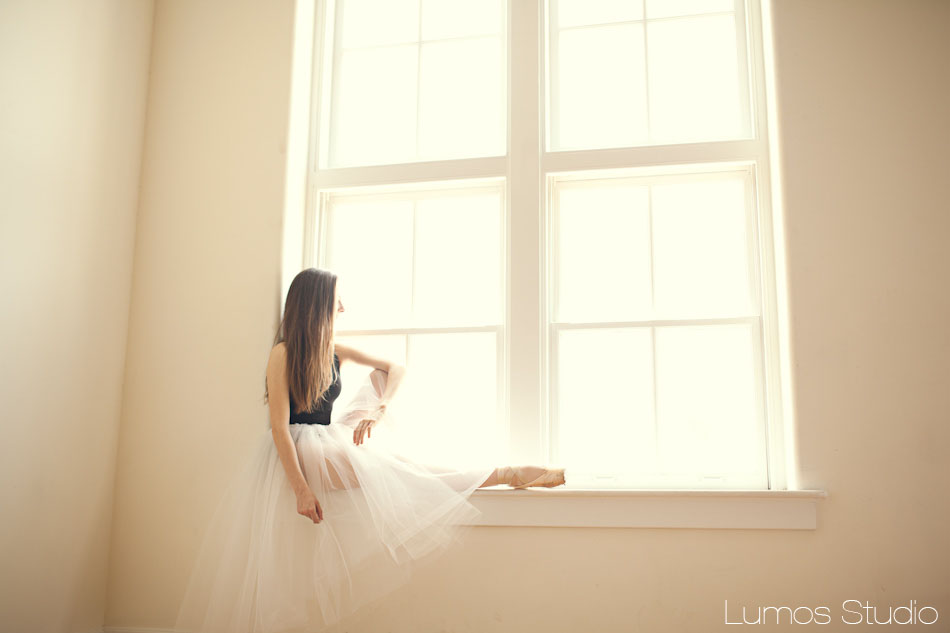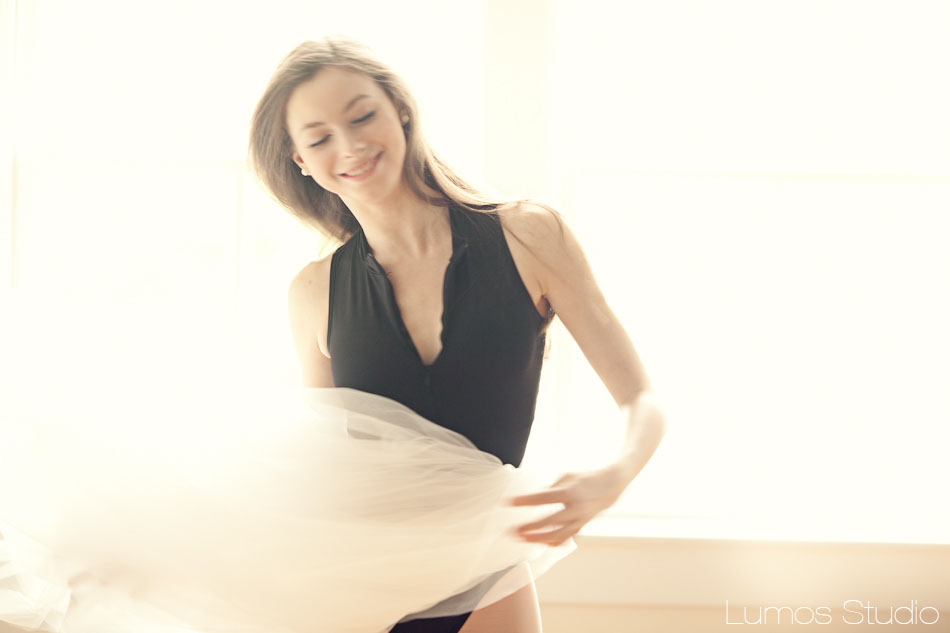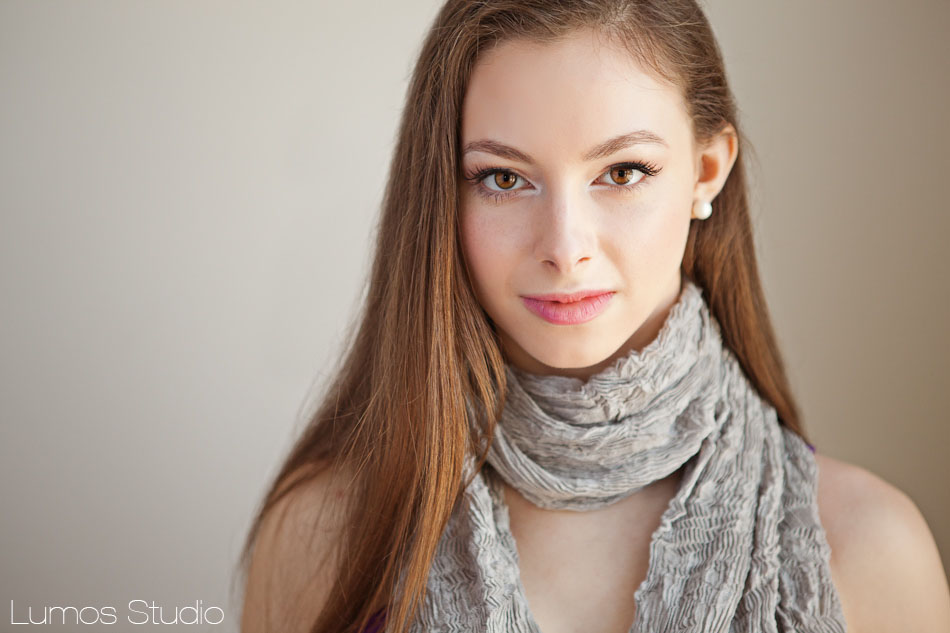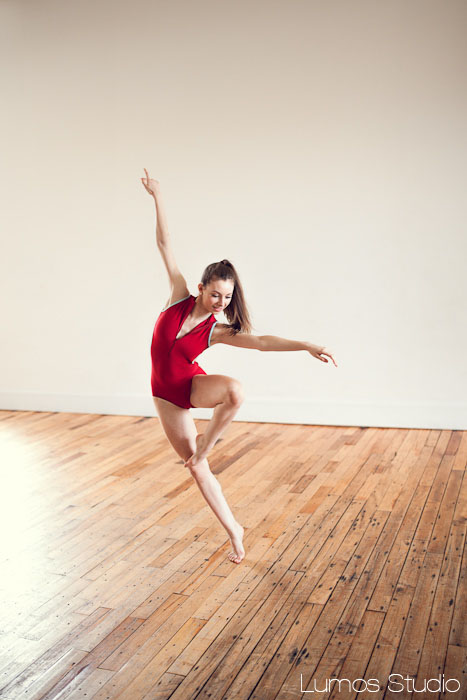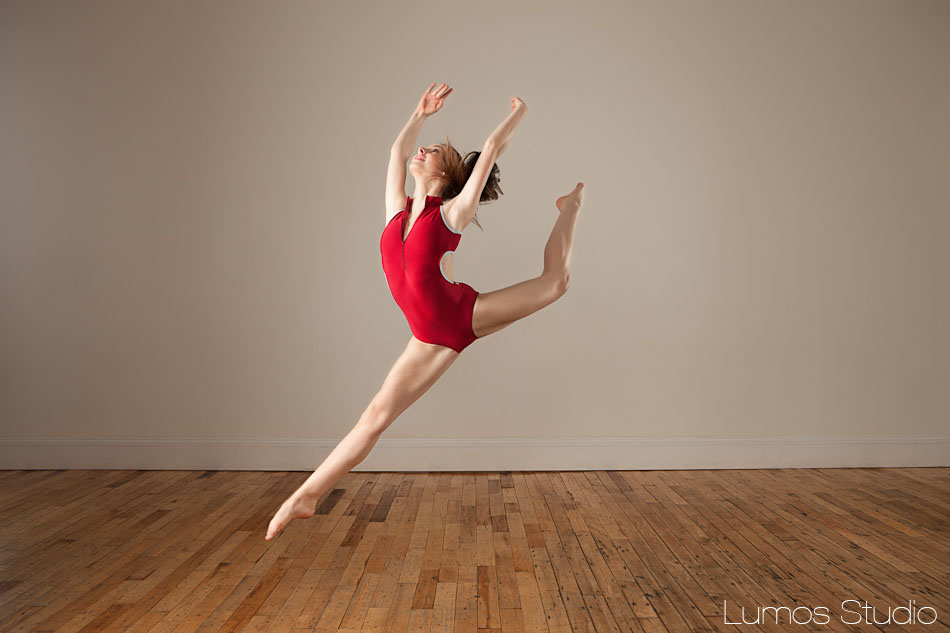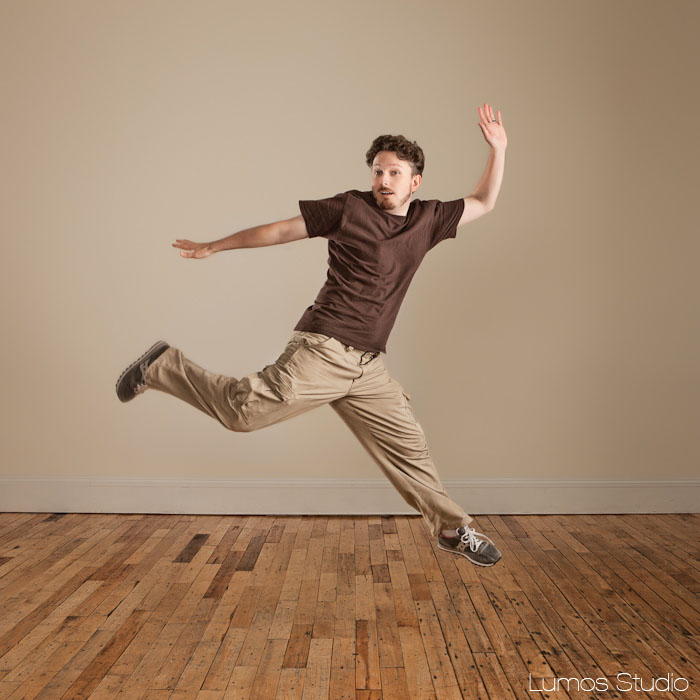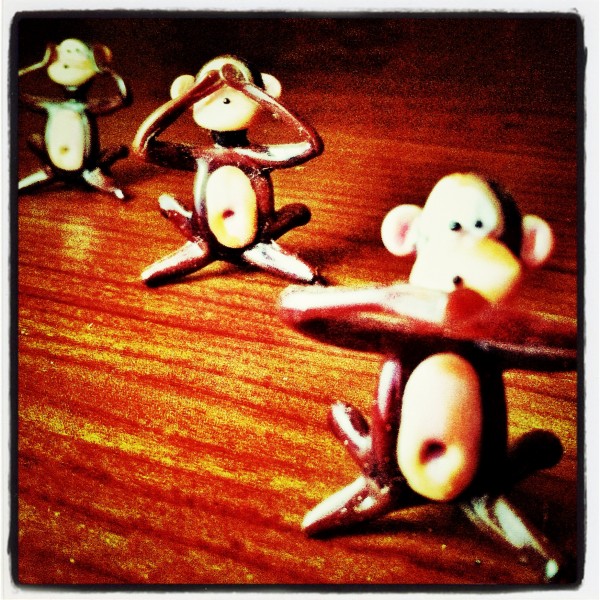Posts Tagged ‘Mobile Photography’
Senior Photos: Vivien
Let me introduce Vivien.
Vivien has been a friend of ours for many years. When she was little, Wendy taught her ballet, and she was the flower girl at our wedding. (She did a great job, by the way.) While Vivien isn’t technically a senior, when you’re as lovely as she is any time is a good one for a portrait session and besides, “not-quite-senior-photos” doesn’t really have a ring to it.
It’s tempting to tell you that Vivien is a dancer, and a fantastic one at that but, frankly, if you can’t figure that out from the photos, then no amount of text is going to help you.
It’s much harder to get across in a photo how sweet Vivien is, but I think Wendy did a pretty terrific job with this next one.
For these photos, Wendy and I hung out with Vivien at 701 Whaley and basically made her jump, and jump, and jump, and occasionally lounge in a window. (Even dancers deserve a break.)
We might have asked her to just twirl a little bit, too.
Vivien is well on her way to achieving her goal of dancing professionally for the New York City Ballet. While Wendy chose not to pursue dance professionally, I think the grace and discipline that her studies engendered radiate in everything she does. Don’t think, though, that just the ladies can have grace, poise, and athleticism. When testing light, I’m willing to show off my moves, too…
 My form would be better, but my tights were at the cleaners.
The summer is flying by, and if you’re ready to have your senior photos made, drop us a line by clicking here or call us at 803.386.9197 to arrange a free consultation.
Senior Photos: Vivien
Let me introduce Vivien.
Vivien has been a friend of ours for many years. When she was little, Wendy taught her ballet, and she was the flower girl at our wedding. (She did a great job, by the way.) While Vivien isn’t technically a senior, when you’re as lovely as she is any time is a good one for a portrait session and besides, “not-quite-senior-photos” doesn’t really have a ring to it.
It’s tempting to tell you that Vivien is a dancer, and a fantastic one at that but, frankly, if you can’t figure that out from the photos, then no amount of text is going to help you.
It’s much harder to get across in a photo how sweet Vivien is, but I think Wendy did a pretty terrific job with this next one.
For these photos, Wendy and I hung out with Vivien at 701 Whaley and basically made her jump, and jump, and jump, and occasionally lounge in a window. (Even dancers deserve a break.)
We might have asked her to just twirl a little bit, too.
Vivien is well on her way to achieving her goal of dancing professionally for the New York City Ballet. While Wendy chose not to pursue dance professionally, I think the grace and discipline that her studies engendered radiate in everything she does. Don’t think, though, that just the ladies can have grace, poise, and athleticism. When testing light, I’m willing to show off my moves, too…
 My form would be better, but my tights were at the cleaners.
The summer is flying by, and if you’re ready to have your senior photos made, drop us a line by clicking here or call us at 803.386.9197 to arrange a free consultation.
How to Take Better Pictures With Your Camera Phone: Get Close
When, as a kid, I wanted to learn about photography, I’d go to the library. (For my younger readers, that’s a big building which, at one time, had books in it rather than dozens of people sitting at computers updating their Facebook statuses.) At that time, photography books fit pretty well into two categories:
- Books with beautiful photos and no information at all about how to take them
- Books filled with pages upon pages of information on developing your prints and using equipment that I wouldn’t get my hands on for another 15 years.
There wasn’t much in the way of instruction about how to take a consumer-level camera and just take better pictures. That’s why, when I found it, the work of Nick Kelsh was such a revelation. In his book How to Photograph Your Family, he broke photography down into three simple rules:
- Get close
- Take more photos
- Turn off your flash
This was instruction I could work with. Later on I’ll look at points two and three, but in this post I’d like to explore the effect that getting close will have on your photos.
How getting close improves your photography
I have to start by saying that any “rule” of photography has probably been broken at least a thousand times to amazing effect, so when I make a photographic suggestion, just translate that as, “This will probably work well a good bit of the time, except when it doesn’t.”
Getting close allows your viewer to focus on your subject and eliminates distracting elements from your photo. Here’s a picture I took of my Mom’s (mean) cat, Kitty:
Kitty was sitting on a couch with a print pattern and a blanket thrown over its back, next to a floor lamp. While I was grateful for the light the lamp provided, neither it, nor the couch, nor the blanket, added anything to the image I wanted to capture. As such, I got (dangerously) close to Kitty and took this shot. The distracting elements are (almost) gone. (I still kind of hate that the lamp’s stand is in the background.) The focus is on the cat, where I wanted it.
If you’re taking a photo of your children, what is important to you? Is it the place they’re sitting, the pants they’re wearing, or is it their faces? Some of the most beautiful children’s portraits I’ve ever seen were of nothing but the child’s eyes.
This isn’t just true for portraits, though. By making your subject the star of your photo you help direct your viewer’s attention to what you want them to see. Click here to read more.
Strengths and Weaknesses of Using a Camera Phone
The phone in a camera has certain strengths and certain weaknesses when compared to a dSLR or a decent point-and-shoot. For example:
Weaknesses:
- Lower-quality lens
- Smaller sensor (usually leading to more noise)
- Inability to zoom mechanically (fixed focal length)
- Shutter lag (a delay between pressing the shutter button and the photo being taken)
- Slow focus and/or limited ability to focus
- Very wide depth of field (usually)
- Limited (if any) control over exposure
Strengths:
- Always with you
- Ummm…
Weaknesses as Strengths
But it turns out that even the weaknesses of a camera phone can be strengths when thought of properly. Ask almost any artist and they’ll tell you that by placing limits on themselves they force themselves to grow. I’ve found that’s the case with photography.
A lower quality lens and smaller, noisier sensor mean that the images I take with my iPhone aren’t going to stun anyone with their sharpness and purity of tone. As a result, I have to compensate. I have to use color, composition, and an interesting subject to create an image that has impact despite having slightly smudgy pixels (not a technical term).
Shutter lag and slow focus mean that I have to become excellent at timing my images–using techniques that film shooters may still remember like pre-focusing. That’s where you focus on the spot where you know your subject is going to be before they get there, then snap the frame when they arrive. It turns out that’s still a useful skill, even with a professional camera, because autofocus, even with the most expensive lens, is sometimes dumb, and doesn’t know that the child playing 20 feet away is more interesting than the shrubs 50 feet away.
The very wide depth of field on camera phones is probably the limitation that annoys me most often. Honestly, I could do without it. But that said, it reminds me of an important lesson that comes in handy when I’m shooting with my “real” cameras. Try this–focus your camera phone on something really close to the lens. It will probably take some adjusting to find out how close your phone can focus. Look at what happens to the background. It goes out of focus. You can’t do that further away, but reeeealy close to the lens it will work. Turns out the same optical principles are at work in a dSLR or a point-and-shoot. Here’s an example of this principle that I took using my iPhone and some monkeys:
Limited ability control exposure, while sometimes frustrating, means that I really have to think about light when I’m composing a shot with my phone. It also means that the shot I thought I wanted might not be possible at all, and I have to take an entirely different photo–perhaps a silhouette. Different ideas appear where I was previously fixated on one image.
Perhaps the most limiting and, therefore, most growth-inducing element of mobile photography is the inability to change the focal length of your lens. Much of the time, changing focal length means “zooming”, but it can also mean changing lenses on a dSLR. The problem with zooming is that it provides infinite different relationships between the subject, the photographer and the background. Yes, that’s tremendously important to me as a wedding photographer, but as someone who wants to grow in his art, it can become a stumbling block. This limitation forces me to break rules that I’ve generally photographed by–“fill the frame with faces”–and reinforces others–“don’t photograph people from too close”. It causes me to look for wide shots that wouldn’t have even been on my radar in the past. It also makes me get to know the focal length of my phone’s camera really well. At this point I know almost immediately whether a scene will look good with my iPhone or not, and that also gives me an idea of what lens to use if I want to photograph it with my “real” camera.
I hope you’re enjoying these little articles. If you have any questions please leave them in the comments and I’ll do my best to answer them. (To the smart-Alecs who will immediately want to ask a non-photography question, the answer is “42”.)
Four Things I Love About Mobile Photography
“See, I write jokes for a living, man. I sit in my hotel at night and think of something that’s funny and then I go get a pen and write ’em down. Or, if the pen’s too far away, I have to convince myself that what I thought of ain’t funny.â€
-Mitch Hedburg
During the past year, I’ve taken a lot of photos with my phone that I normally would have taken with one of our professional dSLRs. Actually, that’s a lie. A big one. Over the past year, I’ve taken a lot of photos with my phone that, had I not had my phone with me, I wouldn’t have taken at all. See, a professional dSLR is heavy, expensive, and has many lenses and accessories that can help me craft an absolutely exceptional photo given the time and preparation. But when my nephew Ethan is sitting on a step with his new toy dinosaur Stanley, I don’t really have time to think about those things.
So, over the next few months, I’m going to share with you some of my thoughts on how to make the most of the camera you probably always have with you. For now, here are some of the joys I’ve found in mobile photography.
